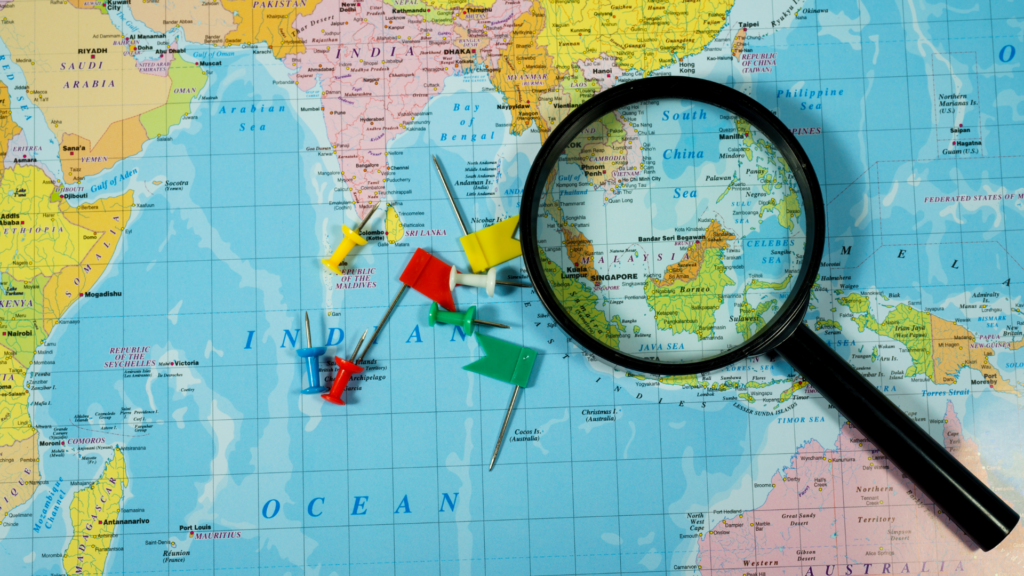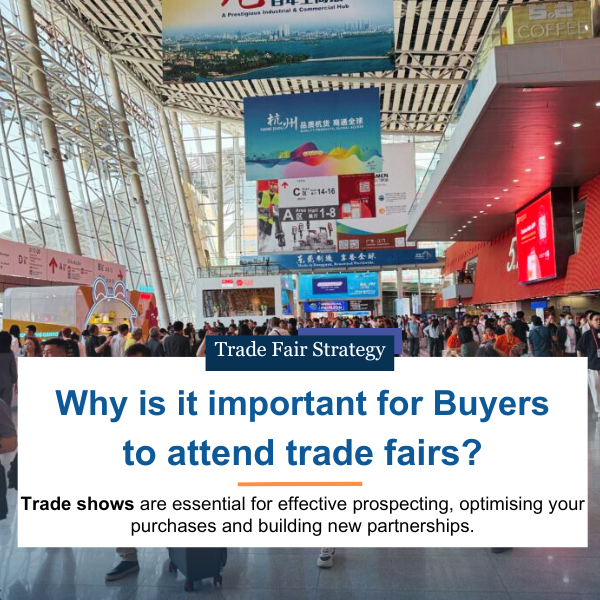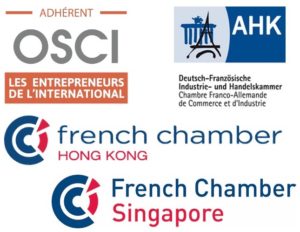Supplier diversification has become a priority for international companies seeking to strengthen the stability of their supply chains. Today, Jérémie – Global Sales General Manager – and Freddy – Sourcing & Supply Chain, explain how EASTWISE is adapting to this new situation, and what lessons they have learned over the years.

A China + 1 Strategy for a more reliable supply chain
In recent years, American and European companies have implemented the so-called ‘China + 1’ strategy, aimed at moving away from relying exclusively on China for their supplies. This strategy is motivated by several factors: trade tensions between the United States and China, logistical disruptions linked to the COVID-19 pandemic and the need to diversify sources of supply to minimise risks.
“When we were looking for alternative suppliers outside China, we quickly realised that it wasn’t going to be an easy task. To better serve our customers, we decided to be proactive and develop an effective strategy.” – Jérémie, in charge of Sales at EASTWISE, points out that this trend has accelerated, prompting the company to anticipate its customers’ needs.
Strengthening The Supplier Base: a collaborative effort
To achieve this objective, EASTWISE has set up a close collaboration between its merchandising and quality teams. Together, they seek to identify and qualify new suppliers in regions such as South East Asia and North Africa.
Freddy, Sourcing & Supply Chain General Manager, explains that this approach gives the company more options, both for existing and potential customers: “We have developed an evaluation system based on strict criteria to guarantee the responsibility of suppliers in compliance with European standards.”
This collaboration makes it possible to validate suppliers capable of meeting the growing demands of customers, particularly in terms of quality and corporate social responsibility (CSR).
The Need to Adapt: learning from local specificities
Since implementing this strategy, Freddy recognises that one of the main lessons learnt has been to adapt the validation criteria to each country. Each region has its own economic, social and cultural specificities, so it’s crucial to take these into account in the selection process.
“We have had to adjust our rating system to take account of the specific features of each country, which has enabled us to be more flexible while maintaining a high level of standards.“
This adaptation process is essential to ensure that validated suppliers meet quality criteria while respecting environmental and social standards.
Perfection and Anticipation: the watchwords for responding more effectively to our customers’ needs
We don’t intend to stop there. In the coming years, we aim to perfect our evaluation system and validate more new suppliers in countries other than China.
‘Sourcing in South-East Asia or North Africa takes longer than in China,’ explains Jérémie, ‘but by mapping the strengths of these countries, such as the availability of raw materials and manufacturing experience, we have been able to optimise our processes.’
Preparation and anticipation are the key words of this strategy, which has proved its effectiveness through the recent projects carried out by EASTWISE in these regions.
In conclusion, supplier diversification has become an essential step in strengthening the resilience of supply chains. Through cross-team collaboration and a proactive approach, we continue to adapt to the needs of our customers while ensuring high quality standards and integrating global trends in social responsibility.
To find out more, read our dedicated article: Eastwise and the China Plus One strategy in 2024
Last updated on April 15th, 2025




